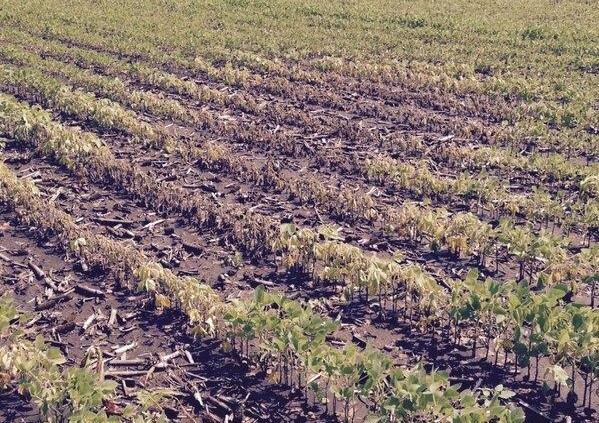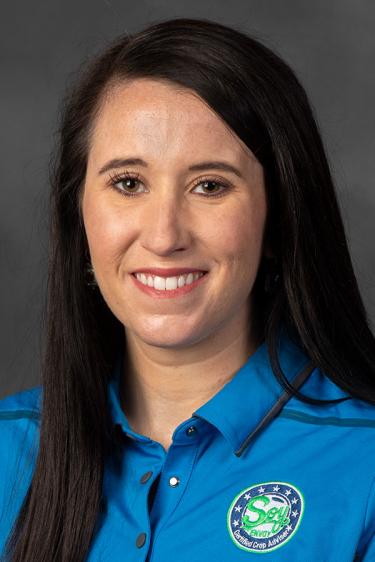ILSOYADVISOR POST
Phytophthora Management in 2019
A question I am often asked is: How should I select soybean varieties when looking at my farm’s history of Phytophthora root and stem rot? With a cool start to the 2018 growing season across the state there were minimal Phytophthora issues at emergence. However, just a few weeks later there were multiple instances of Phytophthora appearing in fields where drought stress had just started to set in, but was quickly followed with heavy rainfalls. When soils are saturated and soil temperatures begin to warm an ideal environment for disease development is created.
Looking at a multi-level management approach is key when addressing any disease concern on your farm, but especially important when working on Phytophthora management since there are some factors you can control.

Phytophthora sojae is a fungus that can affect soybean plants from seedlings to late season infection. Early season infection can terminate seedlings, decrease population and lead to replants. Late season infection also results in plant death, decreasing final population without any compensation from neighboring plants.
Phytophthora is an oomycete which thrives in warm soils, flooded or saturated conditions, poorly drained fields, low spots and compacted soils. This fungus naturally overwinters in the soil and inoculum is always available.
Selecting a variety with single or stacked gene resistance is a great place to start. Many soybean varieties have resistance genes called Rps, which stands for “resistant to Phytophthora sojae.” The most popular genes in Illinois are Rps 1 c, Rps 1 k or a combination of the two. Having a gene or stacked gene will protect soybeans from a specific pathotype of Phytophthora sojae, making that specific pathotype unable to colonize soybean plant tissue. Keep in mind, a grower can plant two soybeans with the Rps 1 c gene in the same field and have two completely different outcomes when it comes to the level of infection that is visible.
A variety’s quantitative resistance or field tolerance won’t eliminate the risk of Phytophthora. However, the resistance or tolerance score often provided by seed companies should not be dismissed since it often indicates how well the plant can delay disease onset and severity. Keep in mind quantitative resistance will not be effective until the seedlings are established, after about 7 to 10 days. Seed treatment is a tool used to help protect the plant from seed to seedling establishment. Many available fungicides provide some early protection from Phytophthora.
When planning for this upcoming season it is important to first look at several factors to truly understand your farm’s risk for this pathogen. Focusing management practices on fields with a history of the disease and poor drainage is a good place to start. Following that up with a variety with a single or stacked gene for your area as well as a bean with a good quantitative resistance and seed-applied fungicide that protects against Phytophthora are key.





Comments
Add new comment